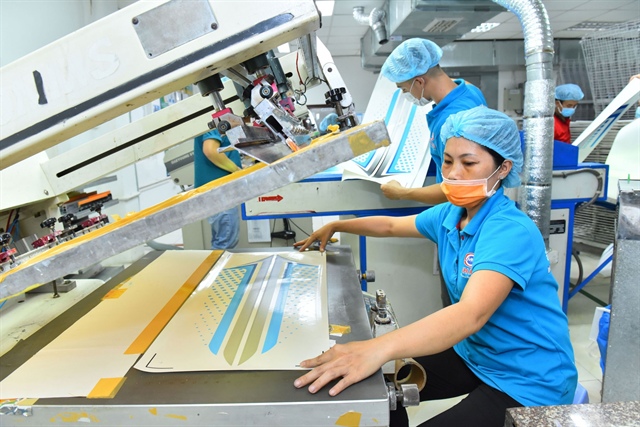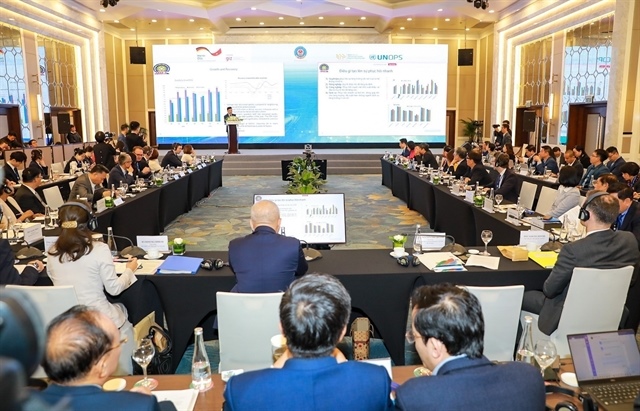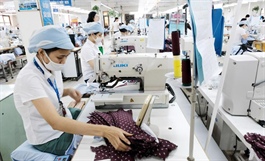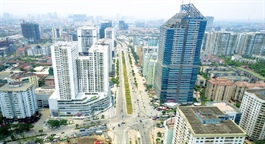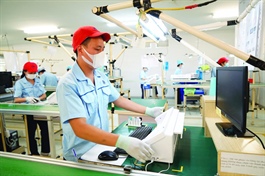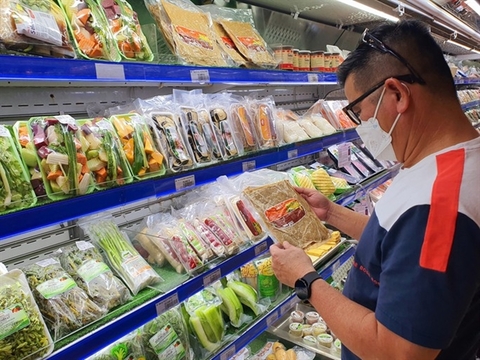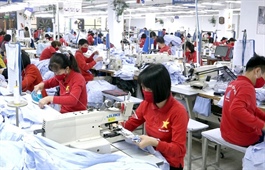Vietnam draws increased foreign investment
Vietnam draws increased foreign investment
Vietnam has become an increasingly attractive destination for foreign investors amid unpredictable fluctuations in the global economy.
Production recovery
An increasing number of multinational corporations are raising capital and/or moving production to Vietnam. Data from the Foreign Investment Agency (FIA) under the Ministry of Planning and Investment showed that by the end of June 2022, the capital of newly registered projects, increases in the capital of ongoing projects and capital contribution and stock purchases by foreign investors totaled over US$14.03 billion, equivalent to 91.1 percent over the same period in 2021.
Foreign direct investment (FDI) projects were estimated to have disbursed US$10.06 billion, an increase of 8.9 percent compared to the same period in 2021.

Foreign enterprises are interested in high-tech manufacturing in Vietnam |
RSM Vietnam Chair Le Khanh Lam said foreign investment has always been the main driving force for Vietnam’s economic growth. Despite the impact of the COVID-19 pandemic over the past two years, Vietnam is regaining its growth momentum, with the industrial sector attracting a high percentage of foreign investment.
The Vietnamese government’s support for digital transformation initiatives and training of a highly specialized workforce, as well as the implementation of the country’s free trade agreements (FTAs), are key factors attracting foreign investment and strengthening Vietnam’s leading position in Southeast Asia.
Optimistic signals
Although global investment flows have been affected by the pandemic, capital flow into Vietnam remains stable.
According to Steve Long, General Manager of Intel Corporation’s Asia Pacific and Japan region, over the past 15 years, Intel's manufacturing, assembly and testing activities in Vietnam have provided three billion products. In addition to a stable socio-political environment, increasingly liberalized trade, investment policies and a young workforce make Vietnam extremely attractive to multinational companies like Intel. Long added that Vietnam had clearly already built the necessary infrastructure and policies to attract advanced high-tech manufacturing activities.
|
Former FIA Director Phan Huu Thang listed the many factors contributing to the development and strong attraction of foreign investment into manufacturing industries in Vietnam.
First is its low-cost market with competitive labor costs. Although China is known as the world’s largest manufacturing center, labor costs are more than double those in Vietnam, prompting multinational corporations to move production facilities to Vietnam to optimize costs.
According to research data by Statista, the average wage in the manufacturing industry in Vietnam is US$2.99 (equivalent to VND68,000) an hour, compared with US$6.50 (equivalent to VND148,000) an hour in China.
Vietnam’s participation in a variety of free trade agreements is also an important investment draw, allowing manufacturers to take advantage of lower export rates.
Vietnam is also creating conditions to encourage investor confidence, including the formulation and adjustment of investment protection agreements and of an arbitration mechanism to settle complaints against investors. New policies will also ensure transparency, stability, and predictability of institutions, policies and laws; strict and consistent law enforcement, protection of the legitimate rights and interests of investors, and simplification of administrative procedures.


